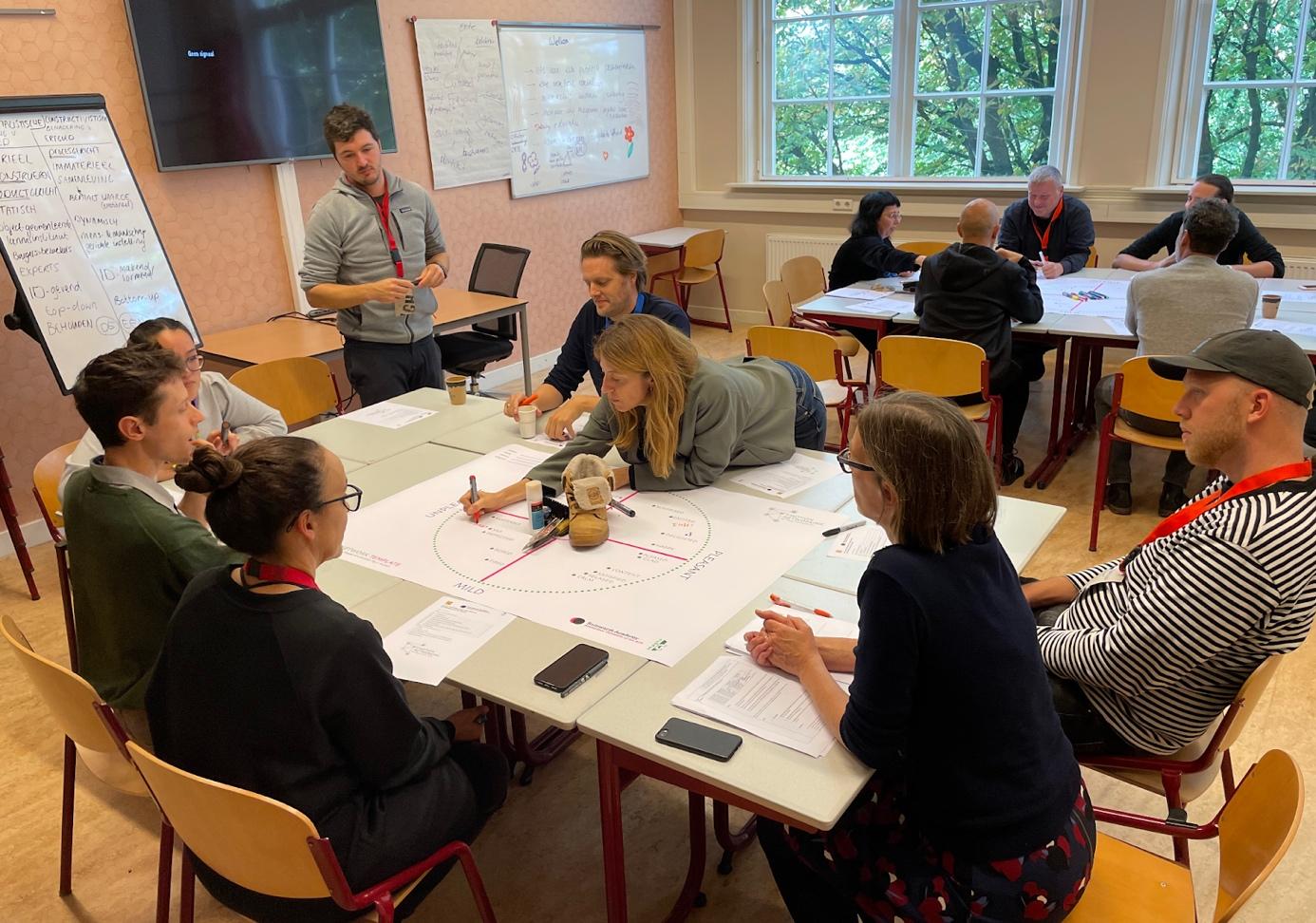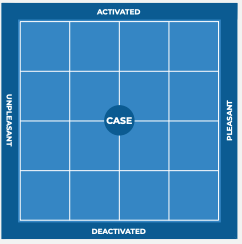👥Emotion Networking
A Method to gather and map emotional responses that matters to your FCH's communities
What is it about and why is it relevant
The Emotion Networking method is the focal point of the wider ethnographic research approach that has been developed between the Reinwardt Academy and the CENTRINNO project for FCHs' sites. Both this wider approach, which includes ethnographic fieldwork as well as Emotion Networking specifically, has participation and inclusivity at its core. Emotion Networking involves gathering stakeholders around a specific topic and mapping their emotional response to the topic, as well as the stated emotional responses of the other participants. In this way, Emotion Networking encourages a collective discussion: not by way of trying to reach a consensus, but just a way to visualise the differing - and potentially conflicting - emotional responses to an item of heritage.
The usefulness of Emotion Networking in CENTRINNO is found in 2 interrelated aspects:
Firstly, Emotion Networking encourages greater communication between different parties about the characteristics of the pilot site that might be emotional and therefore conflicting to different people with a connection to the site. This aids CENTRINNO’s social inclusion focus, by allowing stakeholders who historically have had less chance to have their feelings known be heard and understood.
Secondly, through this communication, the Emotion Networking method can increase knowledge about the histories of pilot sites. Through an exchange of knowledge about the history of pilot sites, examples from the past that could inspire circularity can be explored and demonstrated, in line with the CENTRINNO project’s focus on circularity.
Main Purposes 👍
The core element of the Emotion Network method is the organisation of Emotion Networking sessions. From these sessions, participants and facilitators (as well as any external observers) can expect to have:
Gained insights into the vision on dynamics in culture and heritage on which the method of emotion networking is based;
Gained insights into using emotion networks and the dynamic of conversation to map and understand how an item/object/ location of heritage is understood/felt/perceived by different stakeholders (in the broadest sense)
Built capacities to lead the implementation of emotion networking in the CENTRINNO pilots. They will have gained practical information on optimal ways of gathering data, relevant and tailored to local pilot contexts (e.g. photo-voices, mapping, etc).
The Emotion Networking method may be used when an item from the FCH site’s past needs to be discussed. This is particularly useful if the item is disputed or has different meaning to different stakeholders. For example, if a historic building is to be repurposed, people can discuss it in an Emotion Networking session, going on to make arguments for how this repurposing should proceed, taking into account how and why it means different things to different stakeholders.
Key Steps
A full How-To Guide for how to conduct Emotion Networking sessions is linked here (Annex 5, from page 78 - please note that this guide says that sessions need to be online, which was necessary at the time of publication, but of course can safely be done in person too). However, some general guidelines are:
Sessions are usually 90-120 minutes
Sessions are hosted by a facilitator and involve around 6-8 participants. An optional observer, noting the developments as the session progresses, can also help.
Sessions centre around one item, usually an item of heritage or something to do with the pilot site: e.g a building, a workman’s hat, an image of a ship, and so on.
Sessions begin and end with a check-in / check-out. Given the emotional nature of the content being discussed, this is an important step that shouldn’t be disregarded, as it allows for an entry into and exit from the more intense, conflicting conversation.
Sessions operate broadly by participants mapping their emotional responses to stimuli on a large piece of paper on which a grid with the same general structure of emotional response as shown in the image below is made. Participants then listen to each other’s reasoning for their positioning, and potentially can change their positions accordingly.
Sessions proceed with different introduced stimuli, which are designed to add additional things to consider about the central item. This is also followed by a further round where participants consider stakeholders who are not present in the session and consider their potential response to the item and how that may affect others.
Summary Table
| Characteristic | |
|---|---|
Difficulty | Medium |
Duration | Preparation: 2-3 hours over 2-3 sessions Session itself: 1.5 hour in total |
Facilitator I Participants | 1 Facilitator / up to 7 Participants |
Setting | Online and Offline |
Contact | hester.dibbits@ahk.nl |
Tagging System |
Last updated

